THE VOICE FOR THE ENERGY CONSUMER
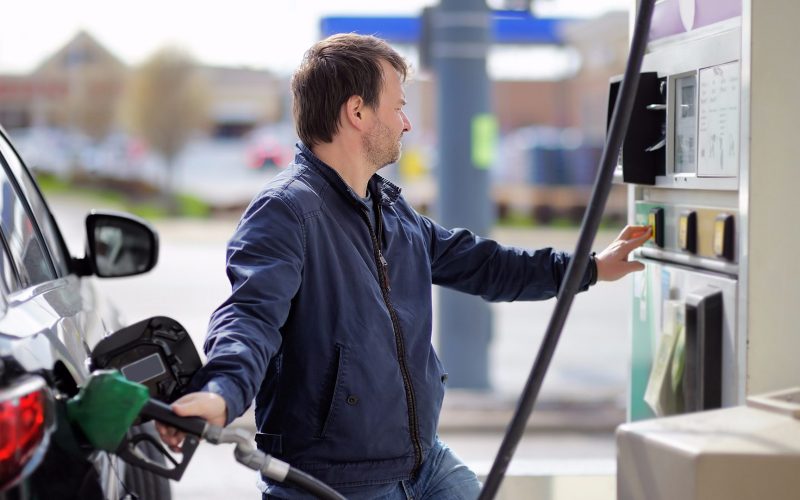
CEA’s Emily Haggstrom discusses the lost opportunities and higher energy prices that will result anti-energy activists embracing politics instead of sound science. Initiative 97 – which will appear as Proposition.
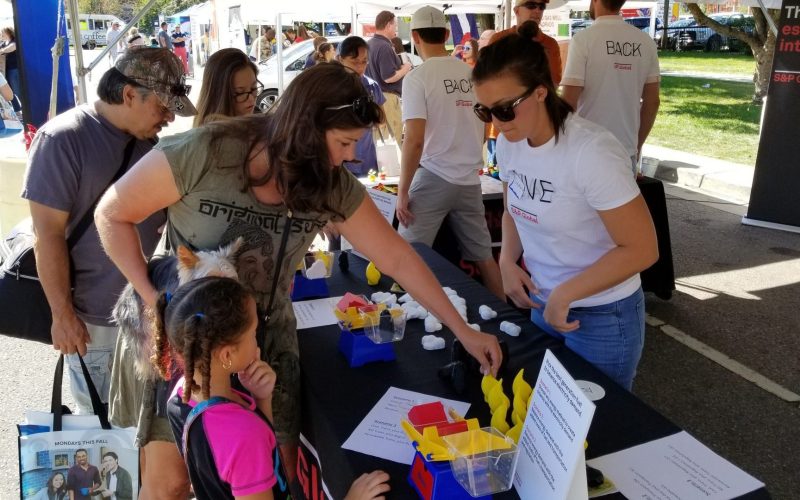
DENVER, CO – Gathered in front of East High School in Denver, children, parents, teachers and families joined Consumer Energy Alliance (CEA), the Consumer Energy Education Foundation (CEEF), and over.
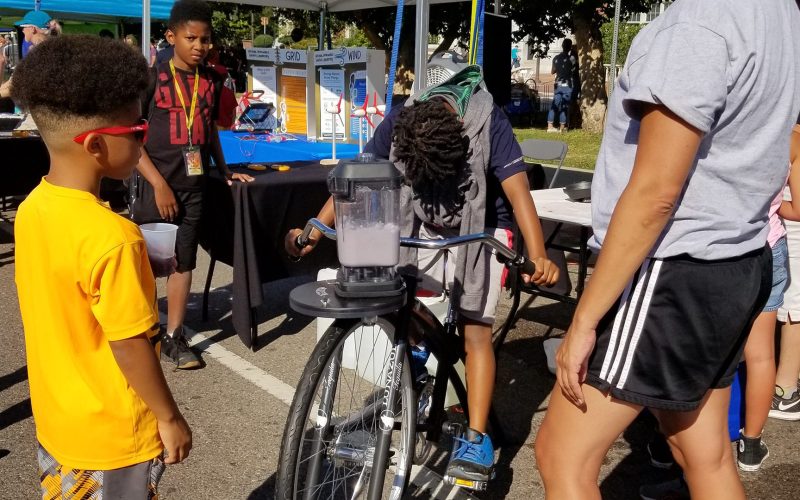
This year, Energy Day Colorado, co-hosted by Consumer Energy Alliance and the Consumer Energy Education Foundation, brought hands-on STEM learning to families across the region. When Nancy Kreitler saw an.

CEA’s latest report, “Everyday Energy for Pennsylvania,” was referenced by The Sentinel in talking about Pennsylvania’s natural gas industry and environmental safeguards. The natural gas industry is an easy whipping.
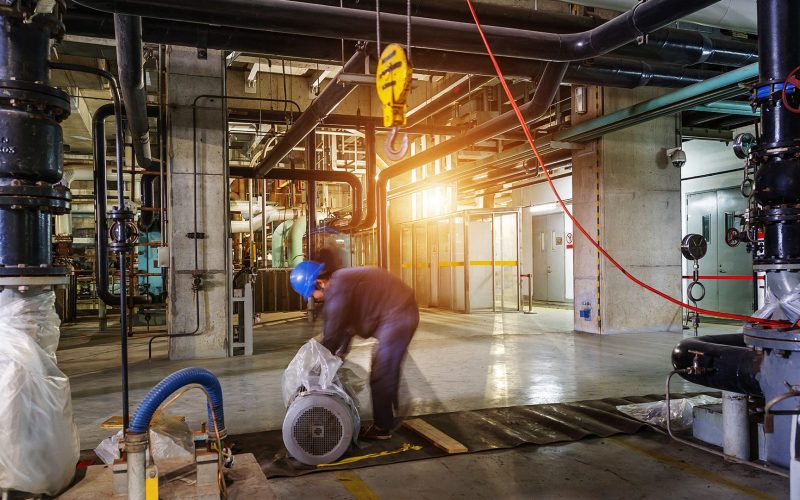
For the first time since 1973, the United States is the world’s largest oil producer. It’s a historic milestone and a reminder of the hard-working, American men and women who.

CEA’s Emily Haggstrom discusses how Proposition 112, which is an attempt to ban energy development in Colorado, will cause the state to lose up to $218 billion and 147,000 jobs.

CEA’s reports around consumer savings and job creation as a result of natural gas development in Ohio, Pennsylvania, and West Virginia were highlighted by Energy in Depth. A trio of.

With Energy Day Colorado just around the corner, CEA’s Andrew Browning talks about the importance of bringing hands-on STEM education to kids and what they can find at Energy Day.
CEA’s Tim Page examines the real-world impact shutting down critical energy infrastructure projects in the name of politics has on families across the state. It’s bad policy to keep thousands.
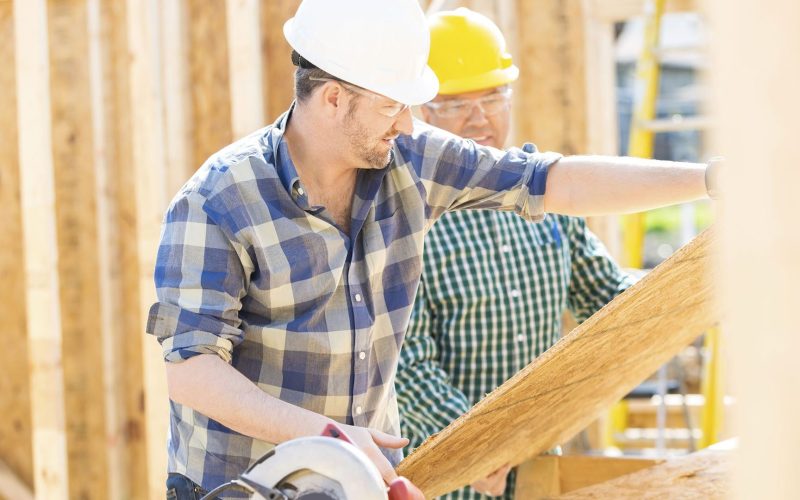
Mike Butler, CEA’s Mid-Atlantic Executive Director talks about the importance of sound permitting policies, based on science and not political hyperbole, when reviewing critical infrastructure projects. Permitting regimes like FERC.